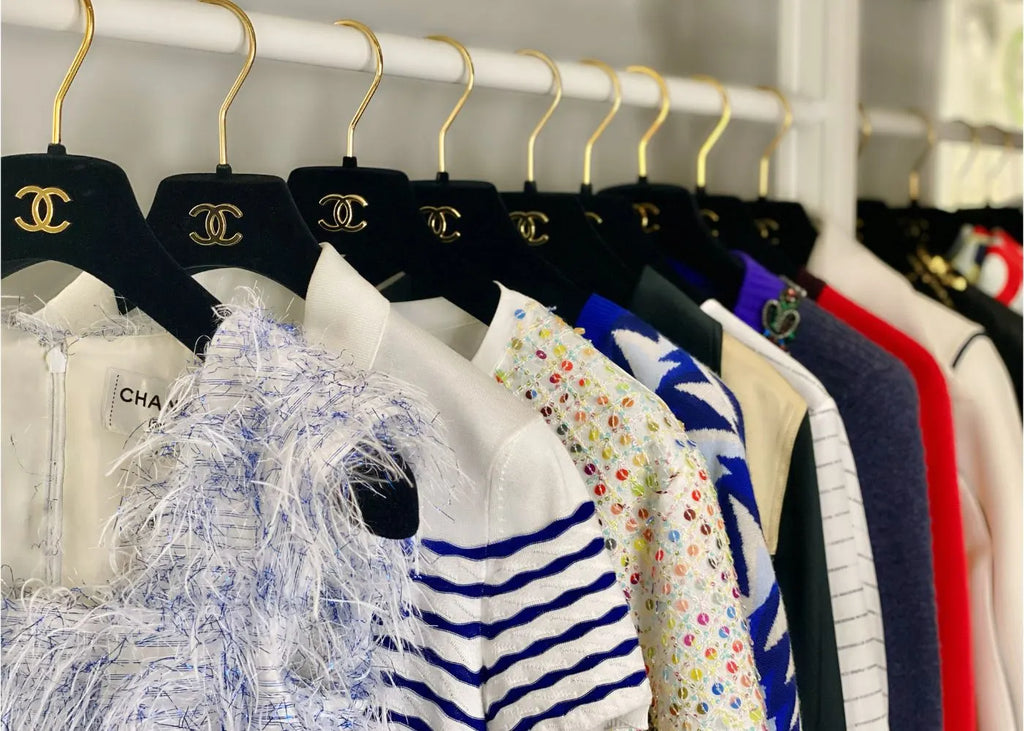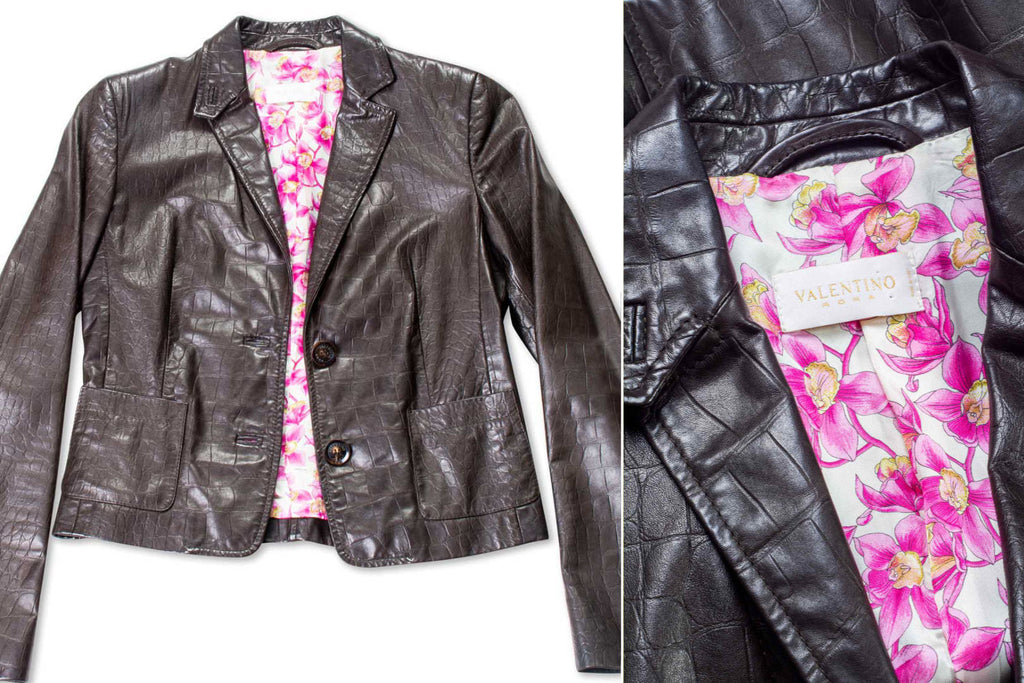CODOGIRL Journal
A Guide to Cashmere: Everything You Need to Know
Updated on May 11, 2021
"A cashmere knit is like a book. It is something to save and go back to time after time. It is the feeling of an embrace."
–Brunello Cucinelli
What is Cashmere?
Cashmere is a type of wool that comes from goats specially bred for their soft undercoat, from which the cashmere fibers are made. The term “cashmere” is the anglicization of the word “Kashmir”, the northernmost region of India, where the prized fabric was made for thousands of years.
The material comes from Cashmere goats and Pashmina goats, and is typically produced in Central Asia, however other regions such as Europe and America have also developed their own cashmere industries. Cashmere producing goats have a two-layered coat: the rough and coarse outer layer is meant to protect them from the elements, and is used to create brushes and in other similar applications.
The fine undercoat, consisting of dense, soft and thin hair is used to create fabrics. It is this undercoat that gives cashmere wool its unique characteristics.
Pictured left: Cashmere yarn and the raw cashmere fibers from which it is made; right: a Pashmina cashmere goat, revered for the quality of its coat.
Why is Cashmere so Expensive?
Cashmere is known for its incredibly soft and warm yet lightweight and breathable qualities, making it a must-have fabric for any fall and winter closet. Higher grade cashmere is also very durable and elastic so it holds its shape well over time, allowing the wearer to enjoy its high quality and warmth for years to come.
However, these qualities along with the complicated, time and labor intensive cashmere production methods make the material very expensive. It is normal to see cashmere sweaters in luxury designer retail stores priced at several hundred, even a thousand dollars. Prices vary on the type of cashmere fabric, as well as the quality of construction.
Pictured above: close up pictures of finely woven cashmere fibers. 100% cashmere is soft and delicious, and makes you want to wrap yourself up in it.
Are There Different Types of Cashmere?
Absolutely: there are different grades of cashmere that directly reflect upon its quality. These grades can be broken down into three: A, B and C.
Grade C cashmere is the lowest quality, measuring around 30 microns width per cashmere hair. Grade B cashmere is intermediate, around 18-19 microns width per hair. Grade A cashmere is the finest. going as low as 14 microns width per hair. The thinner the cashmere, the finer the construction and the higher quality the final sweater or cardigan product.
Different regions also have varying production methods, which cause their respective cashmere products to vary. While China and Mongolia lead the cashmere production process in terms of numbers, it is well known that the finest cashmere is produced by local mountain dwelling communities in the Kashmir region of India.
It is believed that the harsher winter conditions and diet of the Kashmir goats causes them to grow finer, denser undercoats, which provide the highest quality raw material for cashmere sweaters, shawls and cardigans. Due to limited, handmade production, these are of course very, very expensive.
Before buying any cashmere, be sure to be wary of anything that is not 100% cashmere. Many companies produce what is called "cashmere blends", where they mix the cashmere fibers with cheaper, lower quality wools or even nylons. These blends lack all of the unique qualities that cashmere is known for. 100% cashmere is flexible enough to keep you warm in the winter months, yet cool and dry in the spring and fall.
What is Cashmere "Ply"?
Ply refers to the number of cashmere threads that are twisted together to create the yarn strands. 1-ply is designed to be thinner and more elastic, so it is not as warm as thicker cashmere. 2-ply is the ideal type of cashmere because it maintains a balance of warmth, elasticity and light weight. 3 to 4-ply is not necessarily warmer nor softer, however it will be significantly heavier than 2-ply cashmere.
Pictured: the CODO collection "Love" cashmere sweater/dress. It is 100% 2-ply cashmere, providing the perfect balance of warmth, light weight and fit. It is also made with a technique called Intarsia, which allows for two or more colors to be woven together in a seamless way. For this reason, we recommend dry cleaning this sweater dress. In the pictures, it was paired with CODO's black leather vegan leggings, a Chanel Globe Trotter box bag with 24k hardware, and Chanel vintage drop-chain sunglasses from the Fall 1992 runway show. Fun fact: these glasses were also worn by Lady Gaga!
How Can You Determine Cashmere's Quality?
Touch it! Cashmere is the softest and most luxurious fabric. Your fingertips should feel a pleasant and satisfying sensation when running your hands down fine cashmere. However, if it feels too soft or mushy to the touch, it has likely been treated with chemicals or over-washed by the manufacturer to give it artificial softness. These processes damage the fibers and decrease the cashmere’s durability and lifespan. Remember, cashmere only softens over time as you wear it; new cashmere should be soft, but firm enough to indicate that it is untreated.
Stretch it! Lower quality cashmere blends will not spring back into shape. Finely constructed 2-ply 100% cashmere will hold its shape incredibly well. Also, when you stretch cashmere you can look closely and see how the threads are knitted together. If it is very loose and you can see right through it, this indicates low quality.
Check the fibers! Run your hand down in a firm and slow motion. If any fibers come loose and ball up in your hand, the cashmere was likely made from shorter cashmere hair. High quality cashmere sweaters are made of long, thin cashmere strands. All cashmere will shed fibers over time, but if the fibers pill right off the shelf, the cashmere is likely low quality.
Pictured: A very high quality and chic lavender cashmere sweater made by Chanel for the Fall 2000 collection. It features a trendy zippered turtleneck and silver zipper.
How Do I Care For Cashmere?
- Watch out for friction! Cashmere will pill, or shed fibers, over time but will pill especially rapidly where friction occurs. It is common for women’s cashmere sweaters or cardigans to pill in the crook of the arm or on the shoulder where they carry their handbags. Be mindful of where you carry your handbag, and keeping your skin soft and smooth with moisturizers and shaving regularly will ensure that the sweater or cardigan won’t pill from the inside.
- Do not machine wash! Cashmere should be hand washed with COLD water. The fibers are incredibly fragile when they are wet, and washing machines can put great stress on the fibers and stretch or disfigure their shape. Be sure to use mild detergent and limited amounts on your precious cashmere. If the sweater has more than one color, or has buttons, it is best to dry clean so as not to damage these areas.
- After washing, do not put cashmere in a dryer! Let it air dry to best preserve its fibers. You can gently press it in a towel to absorb water and speed up the drying process.
- Don’t wash too often! Cashmere is breathable and if you wear it throughout the day without any spills or stains, you can hang it up and wear it again. It will remain fresh for another outfit without needing additional washing.
- Lastly, do not use fabric softener! One of cashmere’s most special qualities is that it becomes softer over time. Using chemical softeners to speed up this process actually damages the cashmere and decreases its lifespan, so be patient and let its soft touch grow over time.
Shop Cashmere Products
Other Publications






